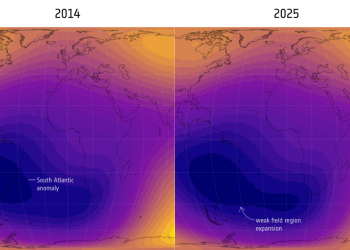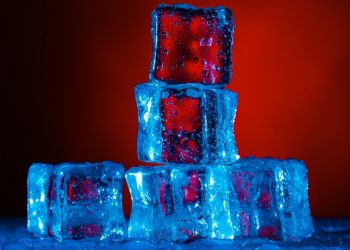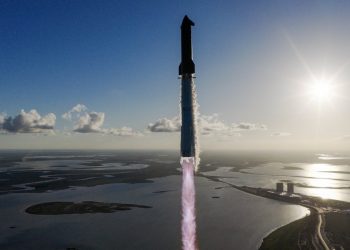SpaceX’s second-generation Starship vehicle has just made a graceful exit. The company achieved all major goals it set for the 11th flight test of the super-heavy transport vehicle, the final flight of the second-generation Starship, launched from Starbase in Texas on October 13. It followed another successful test in August, which saw Starship deploy its payload for the very first time. Before these two most recent flights, SpaceX suffered a series of failures: The Starship exploded during its ascent phase during the company’s seventh and eighth tests, and it failed to deploy its payload during its ninth test. Another Starship vehicle exploded on the ground during a routine test as SpaceX prepared for its 10th flight.
All of the vehicle’s 33 Raptor engines ignited at launch, and stage separation and first stage ascent went smoothly. The Super Heavy booster crashed into the ocean as planned, while Starship was able to deploy all of its Starlink simulators before re-entering the atmosphere. During re-entry, SpaceX intentionally stressed the vehicle to determine the capabilities of its heat shield. And just minutes into flight, the vehicle performed a tilt maneuver to “mimic the trajectory that future missions returning to Starbase will follow.”
The company says it will now focus on developing the next generation of Starship and Super Heavy. Several versions of the vehicle and booster are currently being prepared for testing, and they expect them to be used for Starship’s first orbital flights and operational payload missions.









